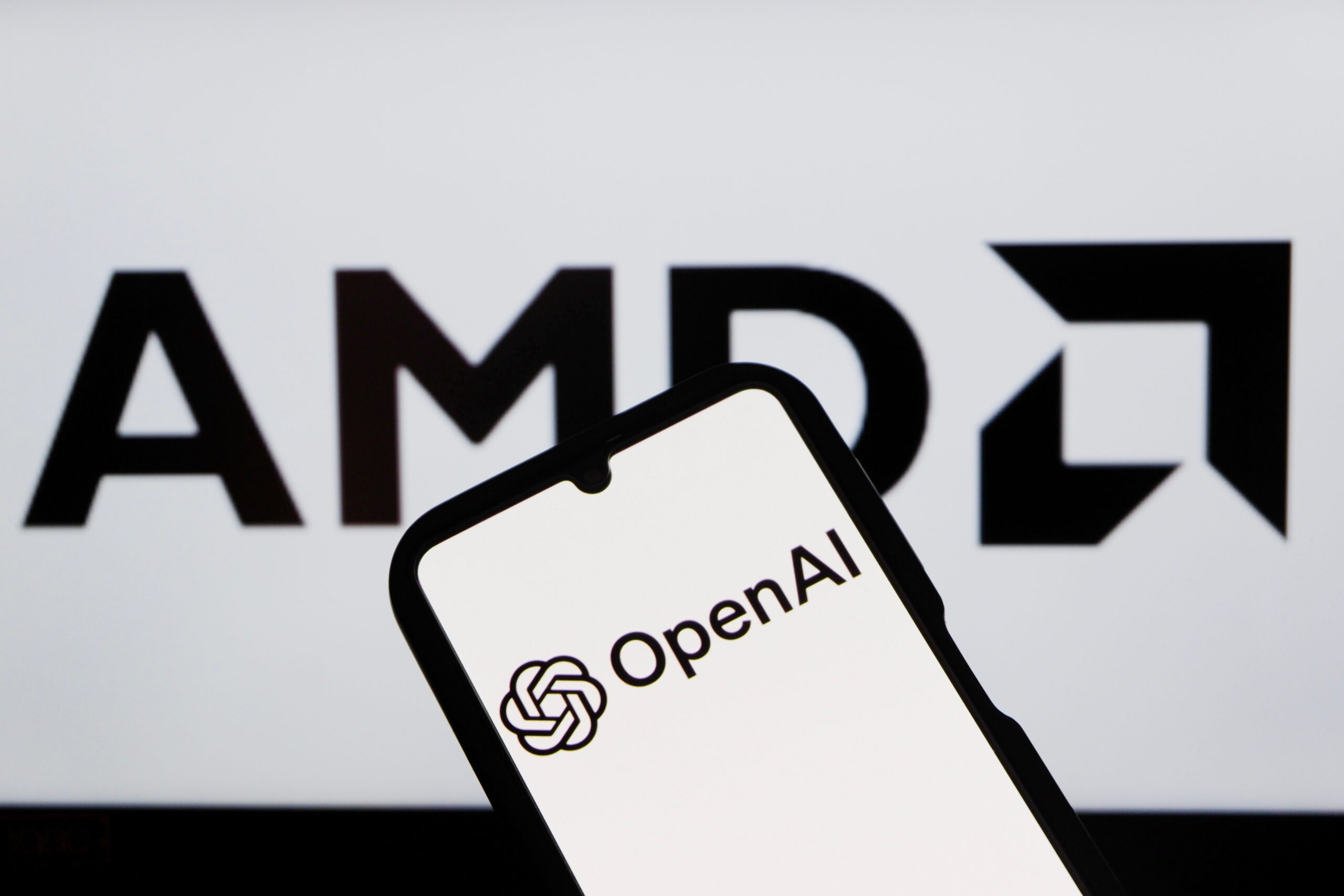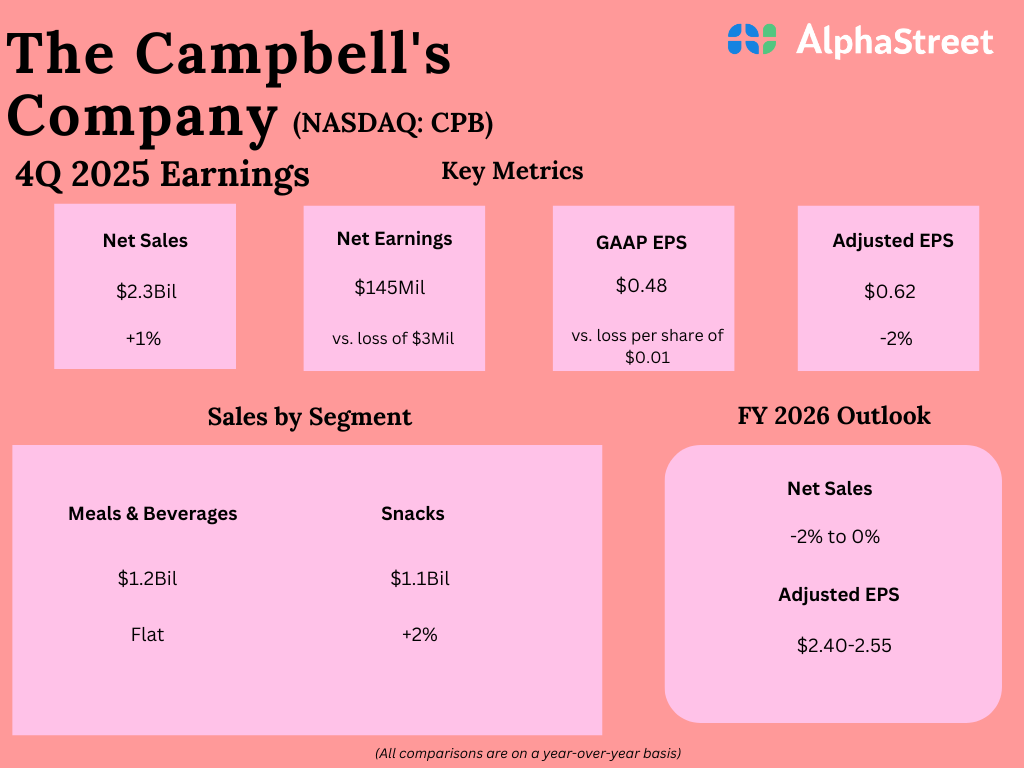I was wrong.
That’s not something I say often. At least not in print. (My wife might argue the point, but she doesn’t edit this newsletter.)
Back in August, I pointed to Amazon’s $84 million AMD investment as a clue that something big was brewing in AI.
I believed it marked the first move in a strategic realignment around Amazon’s cloud and AI ambitions.
I still think that’s true. But I was wrong about who would make the first big move.
Because it wasn’t Amazon.
It was OpenAI.
And the deal that company just signed with AMD could change the balance of power in AI hardware forever.
A Crack in Nvidia’s Armor
For years, Nvidia has been the most powerful name in artificial intelligence chips.
Its GPUs power almost every major model in existence — from OpenAI’s ChatGPT to Google’s Gemini and Anthropic’s Claude.
What’s more, Nvidia built an ecosystem that keeps its customers locked in, from its developer software platform to its proprietary networking and cooling systems.
This dominance turned Nvidia into a trillion-dollar company.
But its iron grip on the AI market is finally being challenged. Because AMD just signed a deal with OpenAI to supply high-performance GPUs for its next generation of data centers.
And the terms of the deal are stunning.
It gives OpenAI the right to purchase up to 160 million AMD shares for a penny each if the chipmaker meets key milestones. These milestones include deploying up to six gigawatts of chips and reaching future stock-price targets as high as $600.
If AMD hits those numbers, OpenAI could own about 10% of the company.
To be clear, this is an unprecedented arrangement between a chipmaker and its biggest customer.
Instead of simply paying for hardware, OpenAI is tying its financial future to AMD’s success.
And it couldn’t come at a better time for both companies.
Every new generation of OpenAI’s massive models has required more GPUs, more power and more money.
And the company has depended almost entirely on Nvidia’s chips until now. But Nvidia’s H100 chips sell for up to $40,000 apiece, and supply has been tight for months.
That puts OpenAI in a bind.
It needs millions of chips to train its new models and run inference for hundreds of millions of users. But every dollar saved on compute is a dollar that could be redirected into model development.
Meanwhile, Nvidia has been operating near full capacity, charging premium prices and controlling access to the world’s most sought-after chips.
It’s no surprise that Nvidia’s data center revenue jumped 154% year over year last quarter, hitting $22.6 billion.
But its gross margins are near 75%, a level few industries can sustain without inviting competition.
That’s exactly what AMD provides.
And this new partnership gives OpenAI something it hasn’t had before when it comes to AI hardware: leverage.
But the company isn’t sacrificing quality to gain this leverage.
AMD’s latest accelerator, the MI325X, began shipping this summer.
Image: AMD
It’s built on the company’s CDNA 4 architecture, designed specifically for large-scale AI training.
And a next-generation chip, the MI350X, is expected to launch in early 2026 with double the performance per watt of today’s models.
Earlier this year, AMD’s CEO Lisa Su said she expects the market for AI compute infrastructure to soar past $500 billion in the next three years.
She also suggested AMD has a real shot at taking some of the AI giant’s market share.
And she might be right.
AMD’s data center revenue jumped 57% in the first quarter of 2025, which tells me that AMD’s AI hardware business is gaining traction.
And if OpenAI’s deal drives large-scale adoption, that number could go up even faster.
Here’s My Take
Amazon and OpenAI are two of the biggest buyers of computing power on the planet. AMD’s chips are also used by Microsoft and Meta.
Together, these companies drive most of the world’s demand for AI training and inference.
If they start building their models around AMD’s hardware, then they won’t be locked into Nvidia’s ecosystem anymore.
That would turn the chip battle into a simple fight over price and performance.
And that could level the playing field for AMD, whose stock surged as much as 35% on Monday after the news of this deal broke.

We’ve had AMD in our Strategic Fortunes portfolio for a while now, so congratulations to all of you who have been holding this stock. A few months ago, I told readers there were multiple reasons to believe it was about to go higher.
As of this morning, AMD is up around 370% since I first recommended it in 2020.
And I still think there is a big payoff coming in the future.
If AMD captures just 15% of the AI chip market, it could translate into billions of dollars more in annual revenue.
And OpenAI, now directly invested in AMD’s success, has every reason to help make it happen.
That means AMD could be the first company in years to truly challenge Nvidia’s power.
But don’t feel too bad for Nvidia.
Because the demand for high-end chips isn’t going away. It’s only increasing. And no single company can meet this demand alone.
Back when ChatGPT launched in 2022, AI data centers drew less than 20 gigawatts of power. But McKinsey projects that number could exceed 150 gigawatts by 2030.
That’s an expected tenfold surge in less than a decade.
It explains why chips are becoming the new oil of the digital age…
And why AMD’s new deal with OpenAI might just be the start of a real fight for the future of AI hardware.
Regards,
 Ian KingChief Strategist, Banyan Hill Publishing
Ian KingChief Strategist, Banyan Hill Publishing
Editor’s Note: We’d love to hear from you!
If you want to share your thoughts or suggestions about the Daily Disruptor, or if there are any specific topics you’d like us to cover, just send an email to [email protected].
Don’t worry, we won’t reveal your full name in the event we publish a response. So feel free to comment away!



























